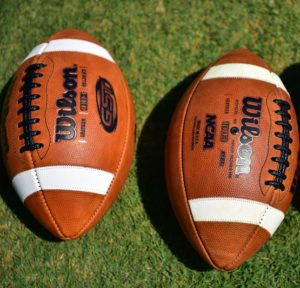
In anticipation of Super Bowl Sunday this year, five faculty members in the strategic communication department weigh in on the advertisements viewers can expect to see during the big game.
Wendy Macias, associate professor and associate dean of undergraduate studies:
“Super Bowl ads seem to be making a bit of a comeback this year, in terms of overall media attention. Several remind me of blockbuster ads from five to 10 years ago, and I think fans will appreciate the humor and nostalgia. It is interesting to see how the pandemic is subtly acknowledged in some ads as well.”
Jong-Hyuok Jung, associate professor:
“For the first time in 37 years, Anheuser-Busch (AB), the biggest spender in the Super Bowl, will not run a specific Super Bowl commercial this year for its main product, Budweiser. Similarly, Coca Cola and Pepsi won’t advertise during the Super Bowl this year. It will be interesting to see what other brands will replace the absence of such big-name brands like Budweiser, Coca Cola, and Pepsi this year. It will be also interesting to see how many Super Bowl commercials will utilize pandemic-related themes during commercials this year. Historically, the most common themes utilized during previous Super Bowl commercials were humor, sex appeal, and animal or baby related themes.”
Michael Magnus, lecturer:
“In recent years, it seems like the emphasis of Super Bowl advertising has shifted from the commercials themselves to the earned media that can come from the ad spot. Companies started releasing online “teasers” to ads a few years ago, and now frequently release the advertisement prior to the event. The “big reveal” is somewhat lost, however the online media coverage produced before and after the game often more than makes up for it. As Dr. Jung said, even though Budweiser isn’t advertising its main product in the Super Bowl for the first time in 37 years, the company did decide to redirect those advertising dollars to support COVID vaccines, partially through a partnership with the Ad Council. They may have dropped the commercial; however, they also exchanged one earned media opportunity for another.”
Catherine Coleman, associate professor and director of graduate studies:
“Tone matters in this year’s advertising. People are tired, but they are also aware of the weighty issues surrounding them. Super Bowl ads are event spots and advertisers want them to be attention-getting and to generate buzz. But, some of the ways they’ve done that in the past may seem too risky this year. Brands are likely to offer levity, messages of connection or inspiration, and perhaps be forward-thinking and problem-solving.”
Jacqueline Lambiase, department chair and professor:
“As my colleagues have stated, the pandemic will exert influence over many types of advertising at this year’s Super Bowl. Dr. Coleman points to tone as especially important, so these advertisers are going to have to walk a tightrope between keeping the nation’s general context in mind and cheering us up or entertaining us a little. The brands that can stay on the tightrope will win the day. Public relations has always been an important part of the Super Bowl advertising package ahead of the big game, so this week, brands that can focus on their advertising in sensitive ways and for the right reasons will also be winners.”
